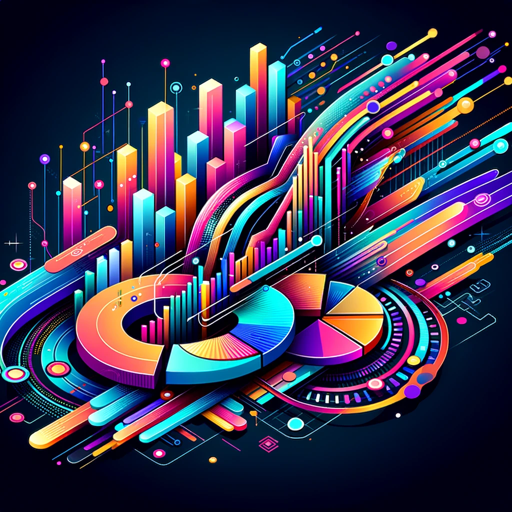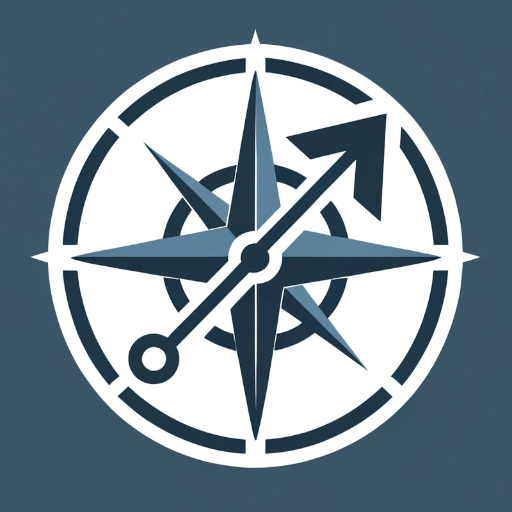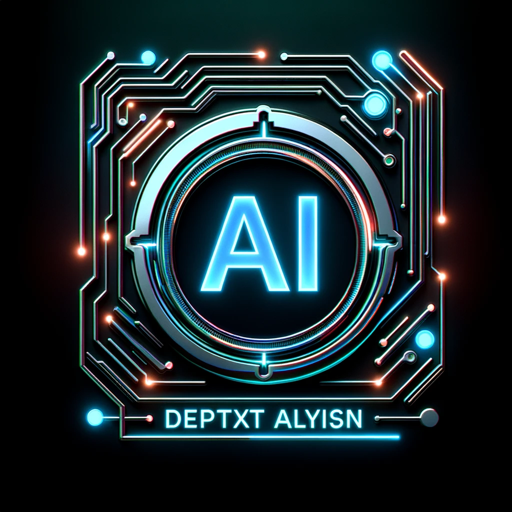Hand-drawn Graph Reader by AssistantAssistGPT-hand-drawn graph extraction tool
AI-powered data extraction from hand-drawn graphs
Draw a graph based on this image
Interpret this image and provide a dataset
Related Tools
Load More
Graph Maker
This GPT can provide guidance on the most appropriate type of graph for different data sets, such as bar charts, line graphs, pie charts, scatter plots, and more.

Dr. Graph
Expert at creating accurate graphs with researched data

ResearchGPT
AI Research Assistant. Search 200M academic papers from Consensus, get science-based answers, and draft content with accurate citations.

D3.js Assistant
Expert in D3.js data visualizations, build custom charts and graphs with your data and javascript/typescript interactivity!
Dimensions Research GPT
This scholar GPT brings Dimensions’ scientific evidence and ChatGPT's powerful generative AI capabilities together - get summaries, insights and citations for research topics evidenced in academic papers in seconds. Terms apply: https://www.dimensions.ai/

Graphs and Chart Assistant
Data visualization expert for graphs and charts.
20.0 / 5 (200 votes)
Overview of Hand-drawn Graph Reader by AssistantAssistGPT
Hand-drawn Graph Reader by AssistantAssistGPT is designed to interpret and convert hand-drawn graphs and diagrams into structured data and accurate digital representations. This GPT specializes in extracting data from images of hand-drawn graphs, charts, and datasets, translating them into tabular form, and generating code or digital versions of these visuals using graph-plotting libraries like Matplotlib or Plotly. Its purpose is to streamline the process of turning informal, often manually sketched graphs into structured, functional digital formats that can be analyzed and manipulated further. Examples include taking a photograph of a hand-drawn line chart and converting it into a dataset table, or transforming a manually drawn bar graph into a digital version. This tool saves users from having to manually input data or recreate graphs, providing a smooth transition from conceptual sketches to precise, usable data.

Key Functions of Hand-drawn Graph Reader by AssistantAssistGPT
Data Extraction from Hand-drawn Graphs
Example
A student sketches a line graph showing population growth over time and takes a picture of it. The Hand-drawn Graph Reader analyzes the graph, identifies the data points, and creates a table of values representing the years and population sizes.
Scenario
This function can be useful for students, researchers, or analysts who often brainstorm ideas using hand-drawn graphs but later need a structured dataset to use in presentations or reports.
Generating Code for Plotting Libraries
Example
A business analyst submits a hand-drawn bar graph of sales data. The GPT generates Python code for Matplotlib, which plots the data into a polished digital graph for presentations or reports.
Scenario
Analysts who frequently create visual data representations can use this feature to save time by converting rough sketches into professional graphs without manually coding from scratch.
Recreating Hand-drawn Visuals Digitally
Example
A researcher submits a hand-drawn pie chart. The GPT interprets the segments of the pie chart, determines the proportions, and generates a precise digital version of the chart.
Scenario
This can be applied when researchers or designers prefer sketching out visuals manually during early stages of a project but need polished digital versions for final reports, publications, or presentations.
Target Audience for Hand-drawn Graph Reader by AssistantAssistGPT
Students and Educators
Students and teachers often use hand-drawn graphs in lessons or study notes. The Hand-drawn Graph Reader can quickly transform these sketches into digital formats for sharing, grading, or further analysis, making it an ideal tool for educational environments.
Business Analysts and Researchers
For analysts and researchers who deal with a large volume of data visualizations, the tool offers a fast way to convert initial sketches or drafts into polished digital graphs. This can be especially helpful in fast-paced work environments where quick transitions from rough drafts to presentation-ready materials are necessary.

How to Use Hand-drawn Graph Reader by AssistantAssistGPT
1
Visit aichatonline.org for a free trial without login, no need for ChatGPT Plus.
2
Upload a clear image of your hand-drawn graph or dataset. Ensure good lighting and legibility for accurate data extraction.
3
Allow the AI to analyze the uploaded image and extract relevant data points or patterns from your hand-drawn graph. The system is trained to handle different handwriting styles.
4
Once the data is extracted, review the dataset table generated by the tool. Make any adjustments as necessary to ensure accuracy.
5
Use the extracted data to recreate the graph or dataset using visualizations such as bar charts, line graphs, or tables. The tool can provide code for plotting libraries like Matplotlib or hand-drawn interpretations.
Try other advanced and practical GPTs
MQL5代码大师EA MT5 MetaTrader5
AI-powered MQL5 coding made easy.

Market Navigator AI
AI-Powered Market Intelligence

GPT Detector | Ai Detector | Ai Checker
AI-Powered Text Authenticity Check

Blogartikel-Einleitungen
AI-powered introductions for captivating blogs.
LI Algorithm Master
AI-powered LinkedIn optimization tool.

Australian Immigration Lawyer
AI-powered Australian immigration assistance

Daft Jack GPT
AI-powered creativity at your fingertips

Insightful Scribe
AI-powered content generation made simple.

Option Calculator
AI-powered Option Pricing and Risk Analysis Tool

恋爱心理专家
AI-driven advice for introverted men

Super Explainer: Your Best Tutor
AI-Powered Tutor for Concept Mastery

Data News
Stay Ahead with AI-Powered Data News
- Data Extraction
- Academic Analysis
- Research Visuals
- Handwriting OCR
- Graph Generation
Common Questions about Hand-drawn Graph Reader by AssistantAssistGPT
How accurate is the tool in reading handwritten graphs?
The tool is highly accurate in interpreting well-lit, clear images of handwritten graphs or datasets. It uses advanced OCR (Optical Character Recognition) to handle various handwriting styles, but legibility and image clarity are crucial for optimal results.
Can I edit the data after it is extracted?
Yes, after the tool extracts the dataset from your hand-drawn graph, you can review and manually adjust the data points to ensure correctness before generating the final graph or table.
What file formats does the tool support for graph generation?
The tool supports generating code for plotting libraries such as Matplotlib (Python), and it can create visual graphs directly. The input can be PNG, JPEG, or even PDF files as long as the handwriting is clear.
What kind of graphs can I create with the extracted data?
You can create a variety of graphs such as line graphs, bar charts, pie charts, or even scatter plots. The tool can output these visualizations directly or provide code to replicate them in a coding environment.
What are some common applications for this tool?
Common use cases include digitizing classroom notes, converting hand-drawn research graphs into editable datasets, visualizing brainstorms or project sketches, and creating datasets for academic research from handwritten materials.